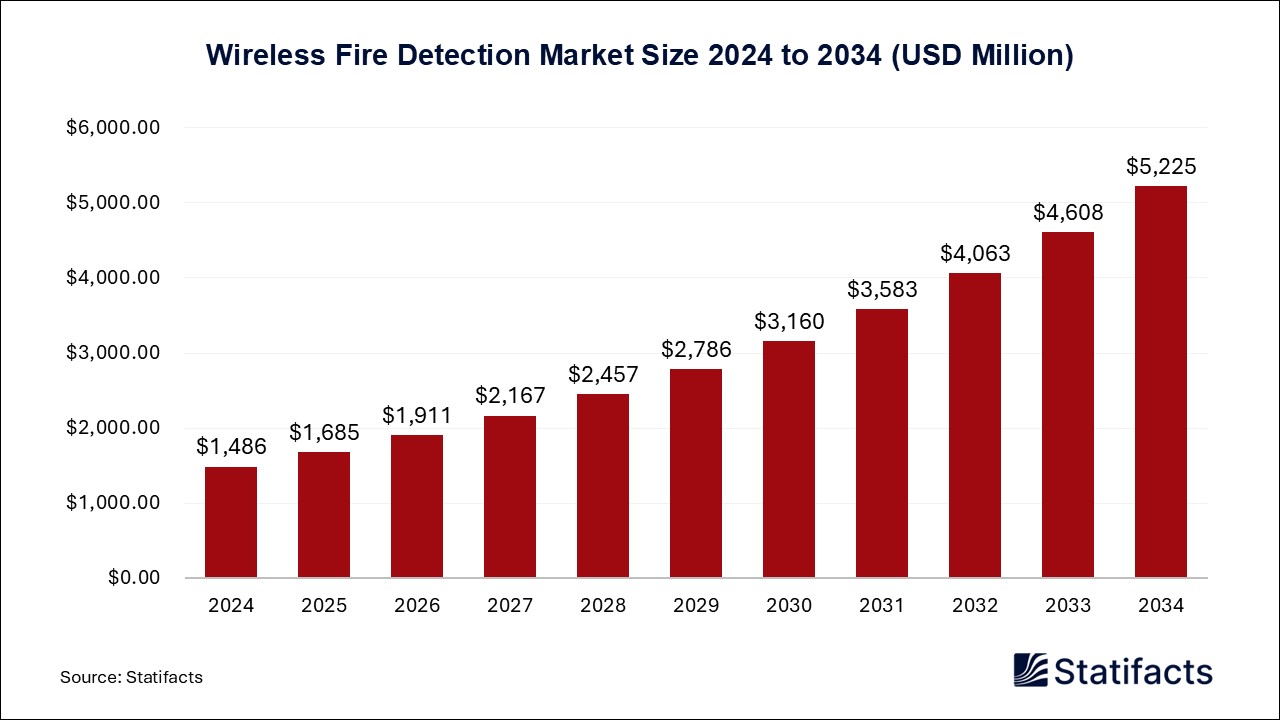

Our customers work more efficiently and benefit from
The global point-of-care molecular diagnostics market size accounted for USD 8,670 million in 2024 and is predicted to touch around USD 12,710 million by 2034, growing at a CAGR of 3.9% from 2025 to 2034.
| Industry Worth | Details |
| Market Size in 2025 | USD 9,010 Million |
| Market Size by 2034 | USD 12,710 Million |
| Market Growth Rate from 2025 to 2034 | CAGR of 3.9% |
The point-of-care molecular diagnostics market refers to the production, distribution, and application of point-of-care molecular diagnostics in which point-of-care testing is a diagnostic test performed outside of centralized microbiology and at or near the site of patient care. Molecular POCT should be rapid, sensitive, and specific to optimize TAT and accuracy per the REASSURED criteria. Point-of-care molecular diagnostic systems afford providers the ability to generate laboratory-quality results without the need for confirmatory testing of negative specimens.
Point-of-care diagnostic tests can be used as the initial test for sick or critical cases, providing a rapid initial diagnosis and allowing prompt, early, and proper management due to their shorter turnaround time. Mild and moderate cases requiring stabilizing and home treatment can depend solely on point-of-care tests for proper management. Molecular diagnostic tests are critical in determining treatment course and duration. These tests help physicians identify patients who are unlikely to respond to therapy in the long term and justify the discontinuation of therapy. Molecular diagnostics are used to identify infectious diseases like tuberculosis, chlamydia, and influenza virus or specific strains like SARS-CoV-2 or H1N1 virus.
Increasing demand for preventive medicines is driving the growth of the point-of-care molecular diagnostics market. Getting preventive medicine care reduces the risk of diseases, disabilities, and death. Preventive medicine refers to a medical specialty that focuses on protecting, promoting, and maintaining health and well-being, as well as preventing disability, disease, and death through three levels of promotion such as primary, secondary, and tertiary. The principles of preventive medicine include recognizing that health is influenced by biological, behavioral, environmental, and social factors. The focus is placed on promptly identifying and intervening, using evidence-based practices to identify risk factors and implement targeted strategies.
Preventive medicine is the application of healthcare measures to prevent diseases. Disease and disability are affected by environmental factors, genetic predisposition, disease agents, and lifestyle choices and are dynamic processes that begin before individuals realize they are affected. Preventive medicine is the practice of promoting preventive healthcare to enhance patient well-being. Preventive medicine physicians provide advice, suggestions, and recommendations to help patients maintain or enhance their health and wellness.
Advancement in healthcare infrastructure driving the growth of the point-of-care molecular diagnostics market. A developed healthcare infrastructure also guarantees a country of strong and healthy manpower for the production of goods and services. Healthcare infrastructure includes advanced machines, nurses, specialist doctors, and other paramedical professionals and developed pharmaceutical industries. Healthcare infrastructure advancements improve patient care by providing healthcare professionals with better tools for diagnosis and treatment. Infrastructure powers businesses and connects workers to their jobs and citizens to opportunities for healthcare and education. It creates opportunities within communities, and an economy needs reliable infrastructure to connect supply chains and move goods and services. Infrastructure can also reduce the cost of delivered goods, facilitate the physical mobility of people and products, remove productivity constraints, and increase competitiveness.
The growing incidence of infectious diseases and cancer is driving the growth of the point-of-care molecular diagnostics market. In the context of infectious disease testing, molecular diagnostics are used to detect, identify, and characterize microscopic invaders, like bacteria and viruses, in our body. This method also tells us more about their features, like their strain type, drug resistance, and transmission patterns. Molecular diagnostics can also be used to help diagnose cancers. They can help differentiate cancer from benign tumors and can further help identify the type of tissue in which the cancer originated. Point of care is an initiative to evaluate the dissemination of state-of-the-art cancer therapy and diagnostics into community oncology practice and identify factors associated with cancer care.
Published by Deepa Pandey , March 2025
For any questions about this dataset or to discuss customization options, please write to us at sales@statifacts.com
| Stats ID: | 8131 |
| Format: | Databook |
| Published: | March 2025 |
| Delivery: | Immediate |
| Price | US$ 1550 |




| Stats ID: | 8131 |
| Format: | Databook |
| Published: | March 2025 |
| Delivery: | Immediate |
| Price | US$ 1550 |

You will receive an email from our Business Development Manager. Please be sure to check your SPAM/JUNK folder too.

Unlock unlimited access to all exclusive market research reports, empowering your business.
Get industry insights at the most affordable plan
Stay ahead of the competition with comprehensive, actionable intelligence at your fingertips!
Learn More Download
Download

